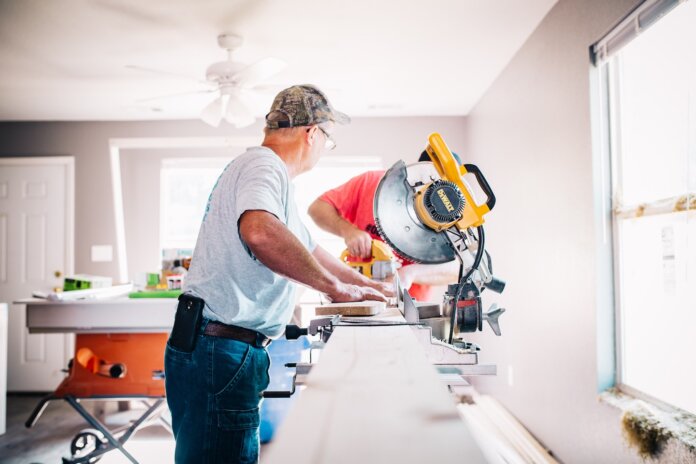Housing starts in November were at a seasonally adjusted annual rate of 1.679 million, an increase of 11.8% compared with October and an increase of 8.3% compared with November 2020, according to the U.S. Census Bureau and U.S. Department of Housing and Urban Development.
Starts of single‐family homes were at an annual rate of 1.173 million, an increase of 11.3% compared with October. Starts of multifamily homes (five units or more per building) were at a rate of 491,000 an increase of 12.1% compared with October.
Regionally, and year over year, combined single-family and multifamily starts were up 24.4% in the Northeast, 9.6% in the Midwest, 15.4% in the South and 19.4% in the West.
The increase comes despite supply chain constraints that have resulted in higher costs for building materials, as well as a lack of skilled labor.
Building permits also increased November. They were at a seasonally adjusted annual rate of 1.712 million, an increase of 3.6% compared with October and up 0.9% compared with November 2020.
Permits for single‐family homes were at a rate of 1.103 million, an increase of 2.7% compared with the previous month. Authorizations for multifamily dwellings were at a rate of 560,000, an increase of 6.1% compared with the previous month.
Regionally, and year over year, permits were up 13.6% in the Northeast, 16.3% in the Midwest, 19.3% in the South and 22.4% in the West.
Housing completions in November were at a seasonally adjusted annual rate of 1.282 million – an increase of 4.1% compared with October and an increase of 3.1% compared with November 2020.
“Mirroring gains in the HMI reading of builder sentiment, single-family housing starts accelerated near the end of 2021 and are up 15.2 percent year-to-date as demand for new construction remains strong due to a lean inventory of resale housing,” says Chuck Fowke, chairman of the National Association of Home Builders (NAHB) in a statement. “Policymakers need to help alleviate ongoing building material supply chain bottlenecks that are preventing builders from keeping up with buyer demand.”
“Breaking an eight-year trend, in recent months there have been more single-family homes under construction than multifamily units,” adds Robert Dietz, chief economist for NAHB. “Moreover, despite some cooling earlier this year, the continued strength of single-family construction in 2021 means there are now 28 percent more single-family homes under construction than a year ago. These gains mean single-family completions will increase in 2022, bringing more inventory to market despite a 19 percent year-over-year rise in construction material costs and longer construction times.”
Odeta Kushi, deputy chief economist for First American, says the rise in housing starts signals optimism for housing market heading into 2022.
“November’s housing starts report signals strength for the housing market,” Kushi says. “The number of permits issued, which can indicate how much construction is in the pipeline, increased by 3.6 percent. Homebuilding rose as total housing starts increased 11.8 percent month over month, with single-family home starts up 11.3 percent.”
“This month saw an increase of 4 percent in the number of completed homes, which is additional new net supply added to the housing stock,” Kushi says. “The growth in completions means more homes on the market in the short-term, offering some immediate relief in alleviating housing supply shortages.
“Builders are ending the year feeling confident, with the homebuilder sentiment index increasing for the fourth straight month in December – up one point to 84,” Kushi adds. “Of the index’s three components, both current sales conditions and the traffic of prospective buyers rose 1 point.”
Kushi notes that builders continue to face a shortage of skilled labor, materials and lots, “all headwinds to increasing the pace of new home construction.”
“The number of single-family homes permitted but not started declined this month, but remains elevated, approximately 41 percent higher than one year ago,” she says. “And lumber prices are on the rise again due to a combination of supply-chain disruptions and labor shortages at sawmills. Another spike in prices may further delay new-home completions and negatively impact affordability.”
Photo: Annie Gray











